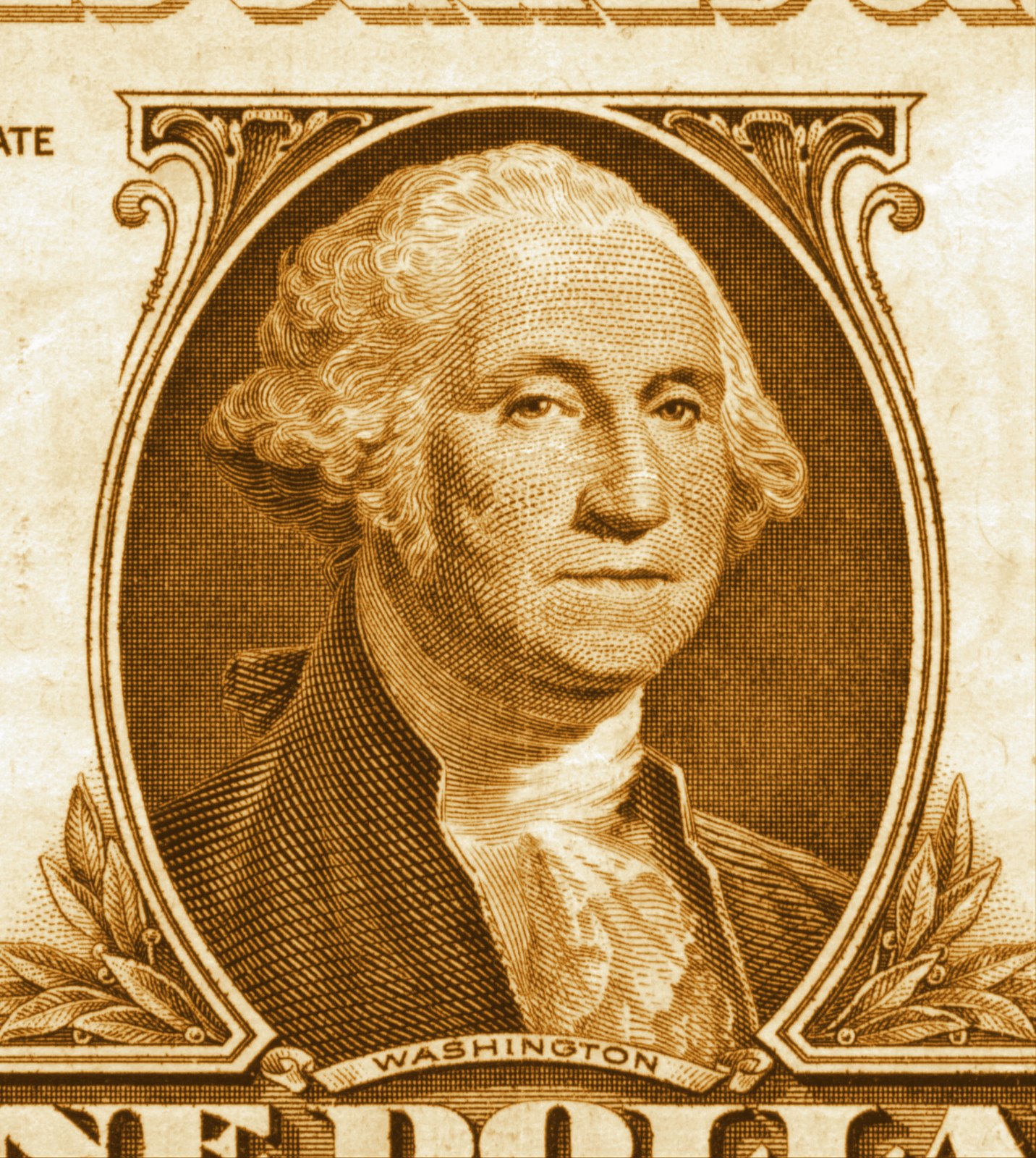
Less than 4% of itemized contributions — those above $200 — to the presidential campaigns came from Latino neighborhoods, according to an analysis by the Associated Press. However, this analysis only included donations of $200 or more, since the campaigns don’t have to disclose identifying information about contributions under that amount. The analysis also barely mentioned that communities of color have higher unemployment rates than whites, and defined “engagement” exclusively as donating money.
So, it turns out that non-white communities don’t donate more than $200 in an election year to their presidential candidate of choice. This trend was seen not only with Latinos, but held true with mostly African American, Asian and Native American neighborhoods according to the report. Breaking it down this means:
- 3.5% of itemized donations came from mostly Latino neighborhoods
- 2.7% from black neighborhoods
- less than 1% from Asian neighborhoods
Over 90% of the contributions to the presidential campaigns came from majority white neighborhoods.
On the face this report is damning to non-white communities, but when you consider that whites are still the majority in this country, and the fact that both blacks and Latinos not only have higher unemployment rates than whites, but have lost more wealth during the recession due to the housing crisis than whites, we can see that this analysis is biased in several ways.
Additionally, the crux of this story is that there is only one way for anyone to be “engaged” in an election — and that’s with money. The fact is, there are multiple ways people can engage with an election, and during a recession in which 7.9% of the work force cannot find a job, expecting people to engage by throwing down $200 seems like a lot to ask.





